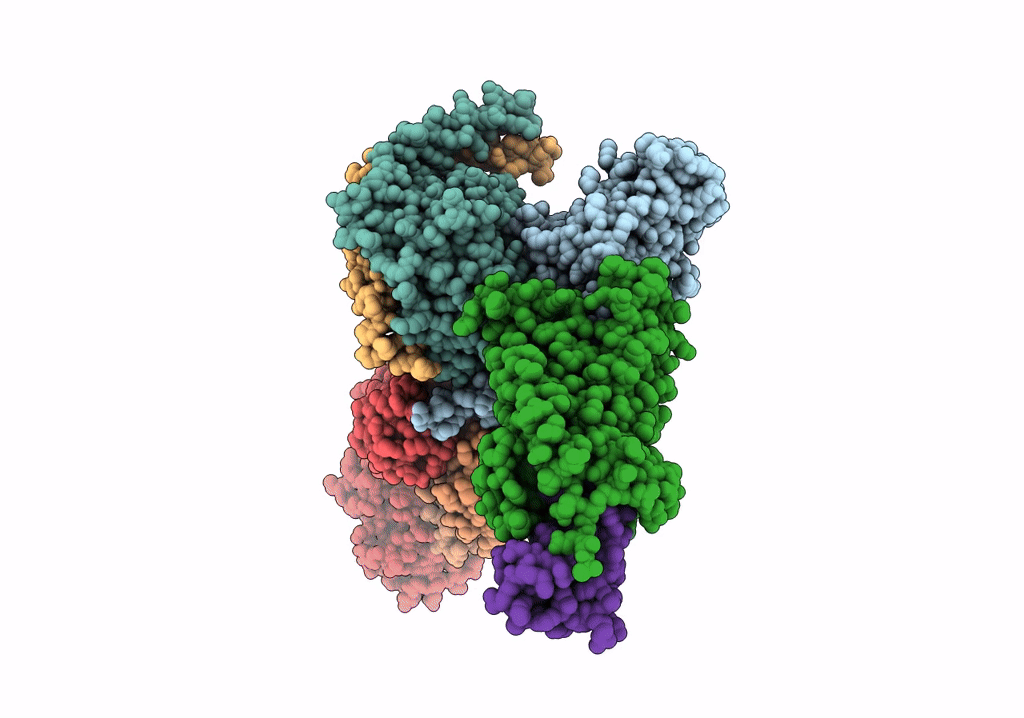
Deposition Date
2021-04-13
Release Date
2021-06-30
Last Version Date
2024-10-23
Entry Detail
PDB ID:
7O7F
Keywords:
Title:
Structural basis of the activation of the CC chemokine receptor 5 by a chemokine agonist
Biological Source:
Source Organism:
Homo sapiens (Taxon ID: 9606)
Mus musculus (Taxon ID: 10090)
Bos taurus (Taxon ID: 9913)
Mus musculus (Taxon ID: 10090)
Bos taurus (Taxon ID: 9913)
Host Organism:
Method Details:
Experimental Method:
Resolution:
3.15 Å
Aggregation State:
PARTICLE
Reconstruction Method:
SINGLE PARTICLE


